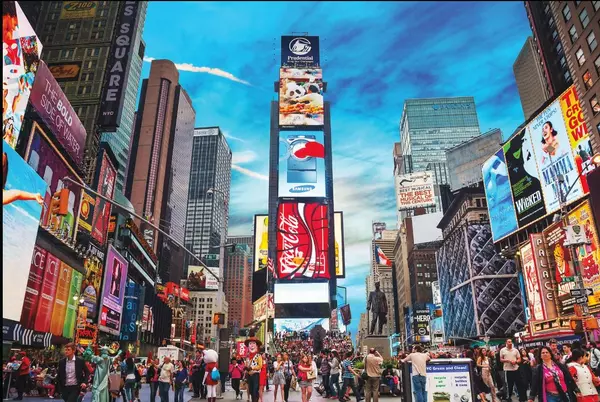15 Interesting Aspects of NYC Real Estate No One Talks About

New York City is a diverse and dynamic real estate market with many interesting aspects that may not receive as much attention as the more well-known features of the city's property scene. Here are some lesser-discussed but intriguing aspects of real estate in NYC:
1. Air Rights Trading: NYC's complex zoning laws allow property owners to buy, sell, or transfer unused air rights (the right to build taller) to neighboring properties. This practice has led to the creation of iconic skyscrapers and unique architectural solutions.
2. Cooperative Apartments (Co-ops): Co-op apartments are a distinctive feature of the NYC real estate market. In a co-op, you don't technically own real estate but rather shares in a corporation that owns the building. The approval process for co-op boards is notoriously stringent.
3. Walkability and Neighborhood Diversity: NYC's walkability and diversity of neighborhoods are remarkable. Each neighborhood has its own character, from the historic brownstones of Brooklyn to the luxury high-rises in Manhattan.
4. Historical Preservation: NYC places great importance on preserving its historical landmarks and buildings. This commitment to historical preservation can be seen in the numerous historic districts and landmarked properties throughout the city.
5. Micro-Apartments: NYC is known for its small living spaces, and micro-apartments take this to the extreme. These tiny apartments (often around 300 square feet or less) cater to single professionals and are designed to maximize space efficiency.
6. Vertical Living: NYC is a city of vertical living. The competition for space has led to inventive vertical developments, including super-slender skyscrapers and residential towers that stretch into the clouds.
7. Adaptive Reuse: NYC has a rich history of adaptive reuse, where old warehouses, factories, and commercial buildings are converted into unique residential spaces, often combining historical features with modern amenities.
8. Hidden Gardens and Rooftop Escapes: Some NYC buildings have hidden gardens, courtyards, or rooftop spaces that offer residents a tranquil escape from the hustle and bustle of the city.
9. International Buyer Influence: NYC has a significant international buyer market. Foreign investors, especially from Asia and the Middle East, have a notable impact on the luxury real estate market.
10. Affordable Housing Programs: NYC has various affordable housing programs aimed at providing affordable options for low- and middle-income residents. These programs often involve income-restricted apartments in otherwise market-rate buildings.
11. Underground Luxury: There are luxurious underground amenities in some buildings, including private subway entrances and direct access to high-end shopping malls.
12. Facade Lighting: The nighttime skyline of NYC is a work of art in itself. The city's iconic buildings are often beautifully illuminated with changing LED lighting, creating a dynamic cityscape.
13. Art in Real Estate: High-end real estate developments often incorporate art installations and collaborations with renowned artists, blurring the line between real estate and art.
14. Underwater Tunnel Properties: NYC is home to some underwater tunnels connecting Manhattan to the outer boroughs. Some unique properties are built directly above these tunnels, offering a one-of-a-kind living experience with views of the tunnels below.
15. Waterfront Development: The city's waterfront areas are undergoing significant transformations, with new developments bringing residential options to previously underutilized industrial zones.
These aspects highlight the diversity, innovation, and complexity of the real estate market in New York City, making it one of the most intriguing and unique markets in the world.
Categories
Recent Posts










